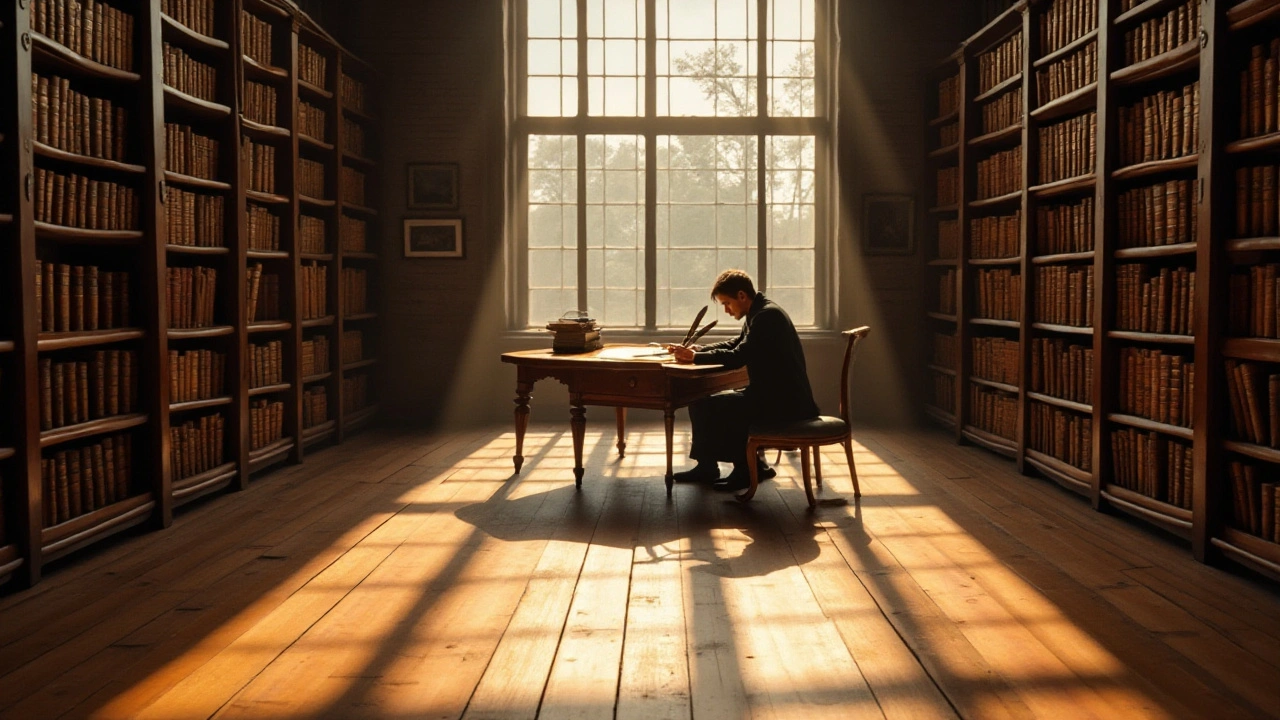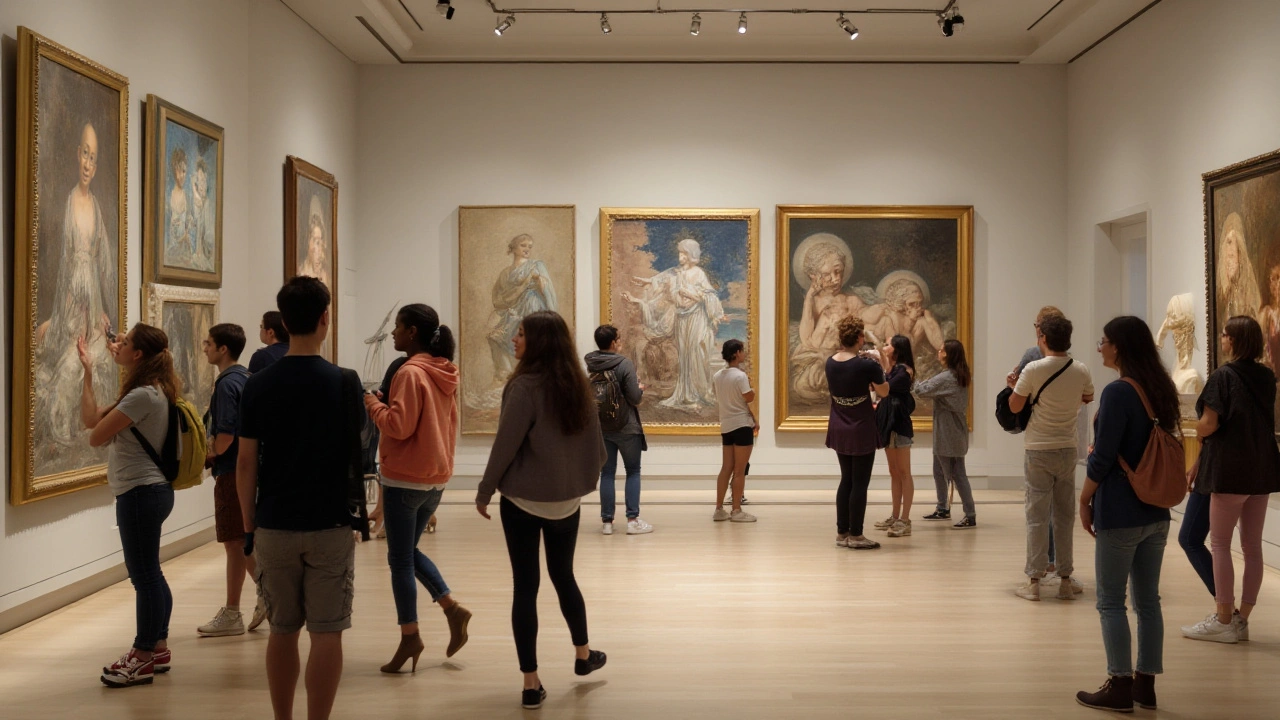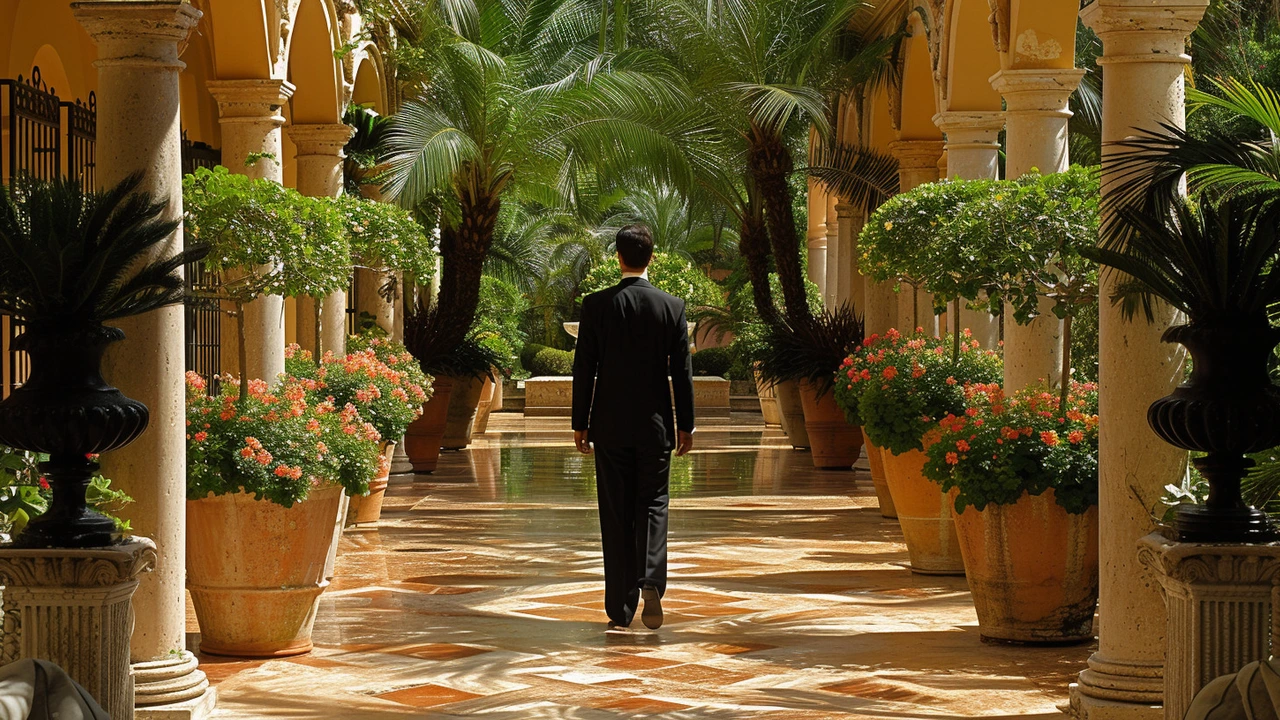Classicism: Timeless Rules and How to Use Them Today
Classicism comes from ancient Greece and Rome and shows up in art for over two thousand years. It values balance, clear form, calm emotion, and ideal proportions. You’ll see it in marble statues, domed buildings, and paintings that put order before drama. Does that mean classicism is boring? Not at all—its restraint can make a strong design statement when used right.
Think of classicism as a toolkit. Artists and designers borrow its rules to make things that feel stable and lasting. Key features are symmetry, clear lines, natural poses, and a focus on human scale. Colors tend to be muted and materials look solid: stone, marble, and warm woods. Neoclassicism in the 18th and 19th centuries revived these ideas with cleaner lines and moral themes.
How to spot classicism in art and architecture
Look for simple geometry. Columns, pediments, and arches are clues. Portraits and figures are often calm and idealized, not wild or exaggerated. Composition usually centers on a single clear subject with supporting elements arranged in balance. Light is even and shapes are well defined. If a work favors calm order over raw emotion, it’s probably leaning classical.
Compare classical pieces with other movements to see the difference. Baroque piles on drama and motion, while classicism keeps things steady. Early modern movements like Bauhaus pushed back against ornament and historic styles, trading classical detail for function and minimalism. Seeing these contrasts sharpens your eye and helps you name what you like.
Using classical ideas today
Want classical vibes at home or in a project? Start with layout: use symmetry and clear focal points. Choose a restrained palette—ivory, ochre, deep blue, and muted ochres work well. Add one or two classical elements, like a columned mirror, a framed study, or a sculpture-inspired lamp. Mix old and new: pair a simple modern sofa with a classical rug or a plaster bust for a balanced look.
For artists, classical training still pays off. Practice drawing the human figure with attention to proportion and gesture. Use studies of Greek and Roman sculpture to learn how light defines form. But feel free to break the rules once you understand them—classicism gives a solid base to experiment from.
Classicism isn’t the only route to good art, but it’s a reliable one. If you want work that reads as calm, clear, and enduring, borrow its rules. Use them sparingly and with purpose, and they’ll make your work look intentional instead of dated.
If you want to study classicism, start small: visit local museums, sketch a column or a statue, and read short essays on artists like Jacques-Louis David or Antonio Canova. Watch how museums group classical works—note captions that explain myth, form, and technique. Online, look for high-res photos of ancient sculpture to study shadow and proportion. For designers, test a tiny classical touch first—a moldings sample, an antique handle, or a framed study—before committing to a whole room. Avoid overdoing it—too many pieces feel museum-like.




